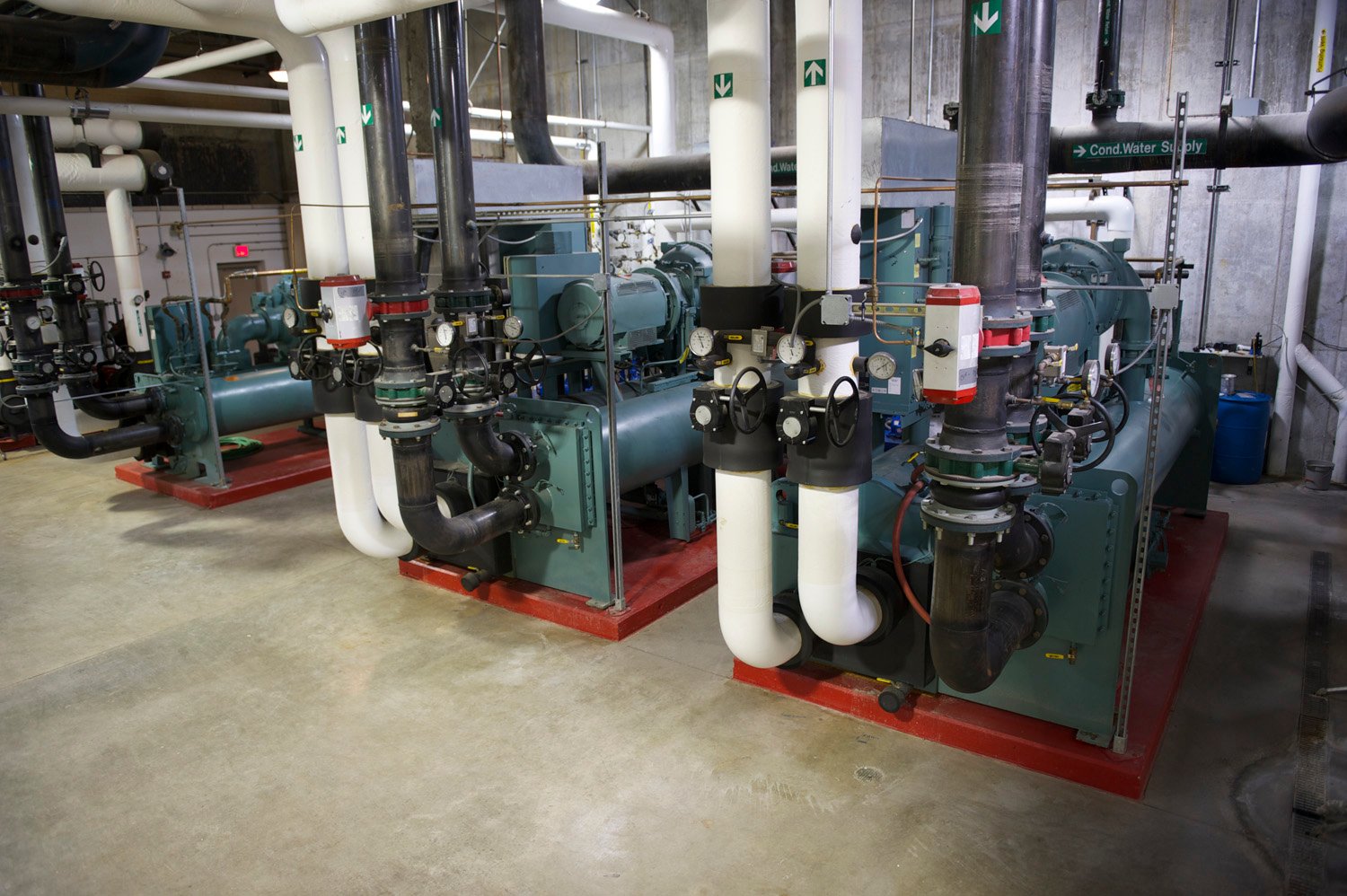In the warm summer season, cooling equipment operates at near peak capacity. If that equipment is used for critical building functions, any equipment downtime for whatever reason is unacceptable.
At the most sensitive end of the spectrum, hospitals rely on central cooling systems for critical patient care areas, such operating and emergency rooms. Data centers are full of servers that contain sensitive and sometimes critical information. Most hospitals and data centers rely on several water chillers, pumps and cooling towers to run their cooling systems.

Avoid the need to employ emergency services, which are very expensive, by thoroughly checking all motors before putting them into service for the cooling season. Chillers, pumps and tower fans use three-phase motors to move water and air or compress refrigerant. The failure of any of these motors threatens the operation of the entire chiller system.
Several diagnostic tests can, and should, be run on chiller systems before seasonal start up, but none is more important than checking motor insulation resistance. Insulation tester will pass a high voltage through the individual motor windings while measuring the winding resistance. A low resistance indicates that the winding is deteriorated and might fail after the device is placed into service.
In general, using an insulation tester involves the following steps:
- Wear personal protective equipment (PPE) and obey safety rules always. Place safety glasses over eyes. Disconnect and remove all power sources to the motor before attempting any type of repair. Follow lock-out tag-out procedures. Double-check by using your multimeter to ensure that all power is shut off.
- Remove the screws that hold the wire connection cover in place from the motor and set aside. Detach the power wires from the motor wires; you might have to identify the pairs with labels or numbers, so you can maintain proper rotation, especially in three-phase motors. Commonly, the device must be at room temperature for a minimum of 24 hours before you run the test. Also, make sure that the motor is not in a vacuum when the insulation testing is done as this might destroy the motor.
- Attach one lead of the insulation tester to one of the motor wires and the other to the motor ground or metal case. Turn on the meter or crank the handle. The meter’s manufacturer should have reference readings for each motor. Generally, a reading above 20 to 30 megohms should be sufficient to run most motors. All new motors should read greater than 999 megohms; any reading less than this will indicate deterioration of the winding insulation.
- Test each motor winding in turn and record each set of windings, per the megohm reading. Better insulation testers will have the ability to log the data to a laptop for future reference. If one of the legs has a very low reading, the motor should be replaced. This will also result in a high amperage draw or constant blow fuses. Many manufacturers will provide a chart with the proper readings.
As always, follow all device and meter manufacturer’s recommendations for use.
Which motors in the chiller plant should be tested? The answer is all of them, or as many as possible. This of course will include the chiller and pump motors at a minimum. It also should include chiller oil pump motors and cooling tower fan motors. If either one of these motors fail, they may very well end up causing the entire chiller system to fail as well.
The bottom line is that testing motor insulation will identify problems in time to fix them, while they’re still operable.